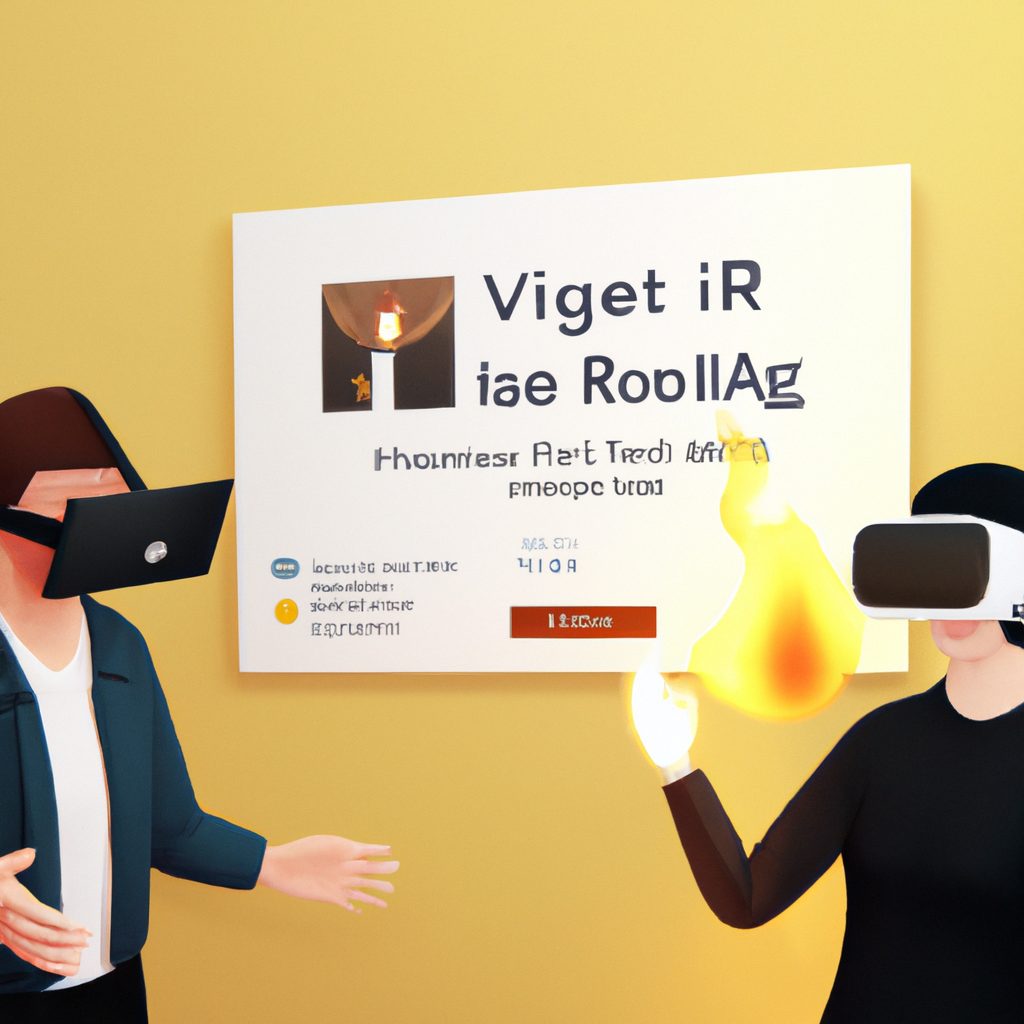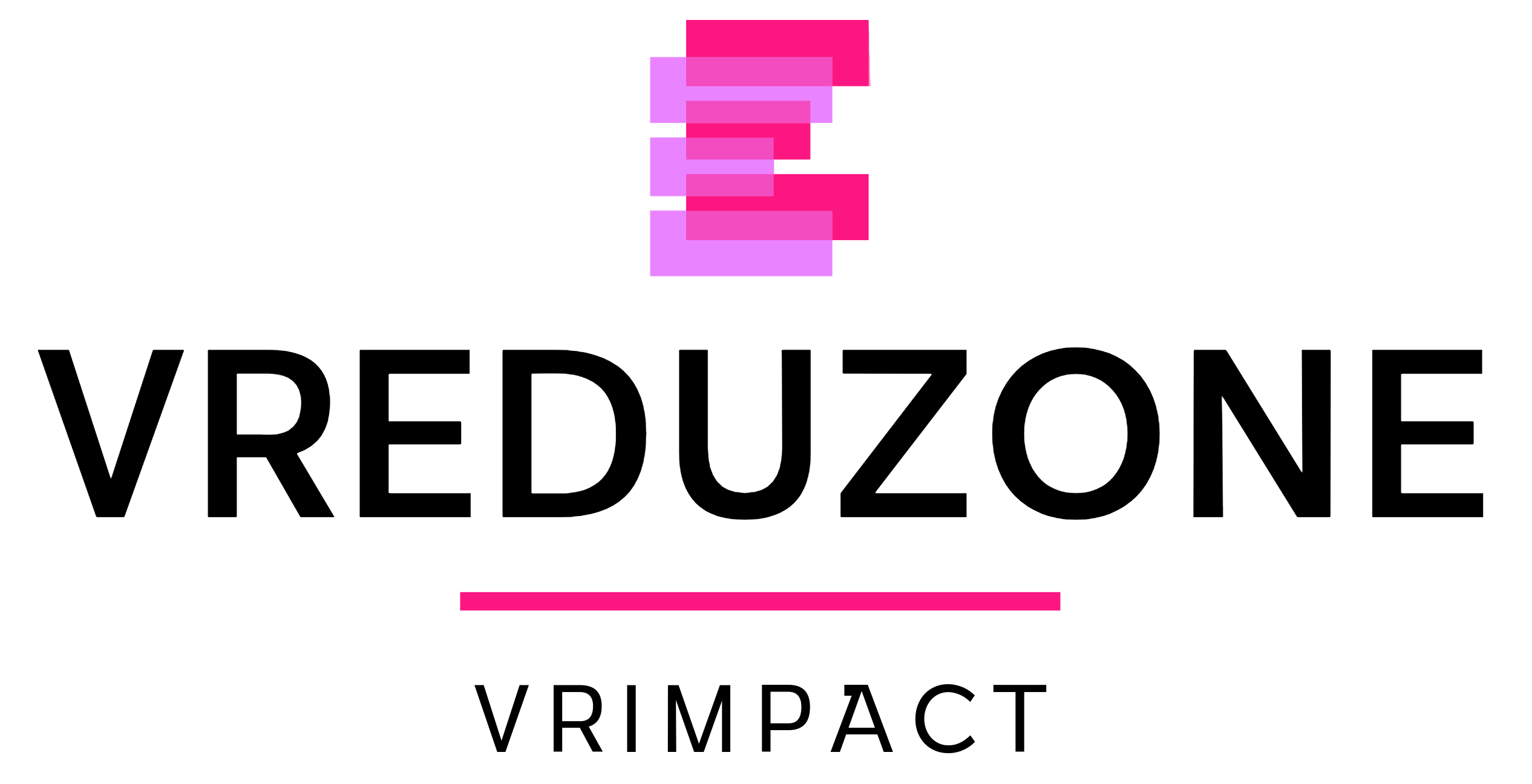작성자 정보
- dml0211 작성
- 작성일
컨텐츠 정보
- 1,339 조회
- 목록
본문

가상 현실(VR) 기술은 우리가 살고 일하는 방식에 혁명을 일으켰습니다. 또한 의료 산업에도 진출하여 치료를 제공하는 새로운 방법으로 사용되고 있습니다. VR 기술 pVirtual Reality(VR) 기술은 우리가 살고 일하는 방식에 혁명을 일으켰습니다. 또한 의료 산업에도 진출하여 치료를 제공하는 새로운 방법으로 사용되고 있습니다. VR 기술은 불안, 공포증, 통증 관리와 같은 다양한 상태의 환자들을 도울 수 있는 독특하고 몰입감 있는 경험을 제공합니다. 본 기사에서는 한국의 사례 연구를 중심으로 헬스케어 산업에서 VR의 사용과 그 이점에 대해 알아보겠습니다.
VR 기술은 실제 세계를 모방하도록 설계된 시뮬레이션 환경을 생성함으로써 작동합니다. 이 환경은 각 환자의 특정 요구 사항을 충족하도록 사용자 지정할 수 있습니다. 예를 들어, 고소공포증이 있는 환자는 통제되고 안전한 환경에서 고소공포증을 점차 극복할 수 있습니다. 마찬가지로, 만성 통증이 있는 환자는 VR을 사용하여 통증으로부터 주의를 분산하고 통증에 대한 인식을 줄일 수 있습니다.
한국에서는 화상 환자의 치료에 VR 기술이 사용되고 있습니다. 화상 환자는 종종 상당한 통증, 불안, 우울증을 경험하는데, 이는 상처 드레싱과 같은 전통적인 치료법에 의해 악화될 수 있습니다. 하지만, 한국의 최근 연구는 VR 기술이 화상 환자들이 경험하는 고통과 불안을 상당히 줄일 수 있다는 것을 발견했습니다. 이 연구는 상처 치료를 받는 동안 통증으로부터 주의를 돌리기 위해 VR을 사용한 환자들을 대상으로 했습니다. 그 결과는 VR을 사용한 환자들이 그렇지 않은 환자들에 비해 고통과 불안의 수준이 현저히 낮다고 보고했다는 것을 보여주었습니다.

의료 산업에서 VR을 사용하는 것은 몇 가지 이점이 있습니다. 무엇보다도, 그것은 치료를 제공하는 더 효과적이고 효율적인 방법을 제공합니다. VR 기술은 불안, 공포증, 통증 관리를 포함한 광범위한 상태를 치료하는 데 사용될 수 있습니다. 또한 환자에게 더욱 몰입적이고 매력적인 경험을 제공하여 환자의 동기 부여와 치료에 대한 집착을 높이는 데 도움이 될 수 있습니다.
게다가, VR 기술은 또한 전통적인 치료법보다 더 비용 효율적입니다. 이를 통해 고가의 장비가 필요하지 않고 의료 서비스 제공업체가 더 짧은 시간 내에 더 많은 환자에게 접근할 수 있습니다. 이를 통해 환자는 보다 쉽고 편리한 방법으로 치료를 받을 수 있습니다.
결론적으로, VR 기술은 의료 산업에서 치료를 제공하는 새롭고 혁신적인 방법입니다. 그것의 사용은 불안, 공포증, 통증 관리를 포함한 광범위한 상태를 치료하는데 효과적인 것으로 나타났습니다. 비용 효율성 및 접근성과 같은 이점을 통해 VR 기술은 의료 서비스를 제공하는 방식을 혁신할 수 있는 잠재력을 가지고 있습니다. 한국의 사례 연구는 의료 산업에서 VR 기술의 이점에 대한 추가적인 증거를 제공하고, 환자의 삶을 개선할 수 있는 잠재력을 강조합니다.

의료 산업에서 VR 기술의 또 다른 장점은 맞춤형 치료를 제공할 수 있다는 것입니다. 전통적인 치료법은 일반적인 경우가 많으며 모든 환자에게 효과적이지 않을 수 있습니다. 그러나 VR 기술은 각 환자의 특정 요구에 맞게 조정되어 보다 개인화된 경험을 제공할 수 있습니다. 이것은 더 나은 결과와 더 높은 치료 성공률로 이어질 수 있습니다.
VR 기술의 또 다른 이점은 안전하고 통제된 환경을 만들 수 있는 능력입니다. 이것은 공포증이나 불안 장애가 있는 환자들에게 특히 중요합니다. 예를 들어, 비행 공포증이 있는 환자는 통제된 환경에서 모의 비행 경험에 점차 노출될 수 있으며, 이를 통해 위해의 위험 없이 두려움을 극복할 수 있습니다.
이점에도 불구하고, 의료 산업에서 VR 기술의 사용과 관련된 몇 가지 과제가 있습니다. 가장 큰 문제 중 하나는 VR 기술의 비용으로, 일부 의료 제공업체에게는 엄청나게 비쌀 수 있습니다. 또한, 이 기술은 아직 개발 초기 단계에 있으며, 그 잠재력과 한계를 완전히 이해하기 위해서는 더 많은 연구가 필요합니다.

결론적으로, VR 기술은 우리가 의료 서비스를 제공하는 방식에 혁명을 일으킬 수 있는 잠재력을 가지고 있습니다. 그것의 사용은 불안, 공포증, 통증 관리를 포함한 광범위한 상태를 치료하는데 효과적인 것으로 나타났습니다. 비용 효율성, 접근성 및 개인화된 치료와 같은 이점으로 VR 기술은 환자의 삶을 개선할 수 있는 잠재력을 가지고 있습니다. 그러나 비용 및 추가 연구의 필요성과 같은 사용과 관련된 몇 가지 과제도 있습니다. 이러한 과제에도 불구하고 VR 기술은 의료 산업에서 치료를 제공하는 유망한 새로운 방법입니다.
요약:
가상 현실(VR) 기술은 의료 산업에 진출했으며 치료를 제공하는 새로운 방법으로 사용되고 있습니다.
VR 기술은 불안, 공포증, 통증 관리와 같은 다양한 상태의 환자들을 도울 수 있는 독특하고 몰입감 있는 경험을 제공합니다. 한국에서는 화상 환자 치료에 VR 기술이 사용되고 있으며, 긍정적인 결과를 얻고 있습니다. 의료 산업에서 VR을 사용하는 것은 비용 효율성, 접근성 및 개인화된 치료를 포함한 몇 가지 이점이 있습니다. 이점에도 불구하고 비용 및 추가 연구의 필요성과 같은 사용과 관련된 몇 가지 과제도 있습니다. 이러한 과제에도 불구하고 VR 기술은 의료 산업에서 치료를 제공하는 유망한 새로운 방법입니다.
Virtual Reality (VR) technology has revolutionized the way we live and work. It has also found its way into the healthcare industry and is being used as a new way to deliver treatment. VR technology provides a unique and immersive experience that can help patients with various conditions, such as anxiety, phobias, and pain management. In this article, we will explore the use of VR in the healthcare industry and its benefits, with a special focus on a case study in Korea.
VR technology works by creating a simulated environment that is designed to mimic the real world. This environment can be customized to meet the specific needs of each patient. For example, a patient with a fear of heights can be gradually exposed to heights in a controlled and safe environment, allowing them to overcome their fear. Similarly, patients with chronic pain can use VR to distract themselves from their pain and reduce their perception of it.
In Korea, VR technology is being used in the treatment of burn patients. Burn patients often experience significant pain, anxiety, and depression, which can be exacerbated by traditional treatments such as wound dressing. However, a recent study in Korea found that VR technology can significantly reduce the pain and anxiety experienced by burn patients. The study involved patients who used VR to distract themselves from their pain while undergoing wound dressing. The results showed that patients who used VR reported significantly lower levels of pain and anxiety compared to those who did not.
The use of VR in the healthcare industry has several benefits. First and foremost, it provides a more effective and efficient way to deliver treatment. VR technology can be used to treat a wide range of conditions, including anxiety, phobias, and pain management. It also provides a more immersive and engaging experience for patients, which can help to increase their motivation and adherence to treatment.
In addition, VR technology is also more cost-effective than traditional treatments. It eliminates the need for expensive equipment and allows healthcare providers to reach more patients in a shorter amount of time. This makes it possible for patients to receive treatment in a more accessible and convenient manner.
In conclusion, VR technology is a new and innovative way to deliver treatment in the healthcare industry. Its use has been shown to be effective in treating a wide range of conditions, including anxiety, phobias, and pain management. With its benefits, such as cost-effectiveness and accessibility, VR technology has the potential to revolutionize the way we deliver healthcare. The case study in Korea provides further evidence of the benefits of VR technology in the healthcare industry, and highlights its potential to improve the lives of patients.
Another advantage of VR technology in the healthcare industry is the ability to provide customized treatment. Traditional treatments are often generic and may not be effective for all patients. However, VR technology can be tailored to meet the specific needs of each patient, providing a more personalized experience. This can lead to better outcomes and a higher rate of success in treatment.
Another benefit of VR technology is the ability to create a safe and controlled environment. This is especially important for patients with phobias or anxiety disorders. For example, a patient with a fear of flying can be gradually exposed to a simulated flight experience in a controlled environment, allowing them to overcome their fear without the risk of harm.
Despite its benefits, there are also some challenges associated with the use of VR technology in the healthcare industry. One of the biggest challenges is the cost of VR technology, which can be prohibitively expensive for some healthcare providers. Additionally, the technology is still in its early stages of development, and there is a need for more research to fully understand its potential and limitations.
In conclusion, VR technology has the potential to revolutionize the way we deliver healthcare. Its use has been shown to be effective in treating a wide range of conditions, including anxiety, phobias, and pain management. With its benefits, such as cost-effectiveness, accessibility, and personalized treatment, VR technology has the potential to improve the lives of patients. However, there are also some challenges associated with its use, such as cost and the need for further research. Despite these challenges, VR technology is a promising new way to deliver treatment in the healthcare industry.
Summary:
Virtual Reality (VR) technology has found its way into the healthcare industry and is being used as a new way to deliver treatment. VR technology provides a unique and immersive experience that can help patients with various conditions, such as anxiety, phobias, and pain management. In Korea, VR technology is being used in the treatment of burn patients, with positive results. The use of VR in the healthcare industry has several benefits, including cost-effectiveness, accessibility, and personalized treatment. Despite its benefits, there are also some challenges associated with its use, such as cost and the need for further research. Despite these challenges, VR technology is a promising new way to deliver treatment in the healthcare industry.







